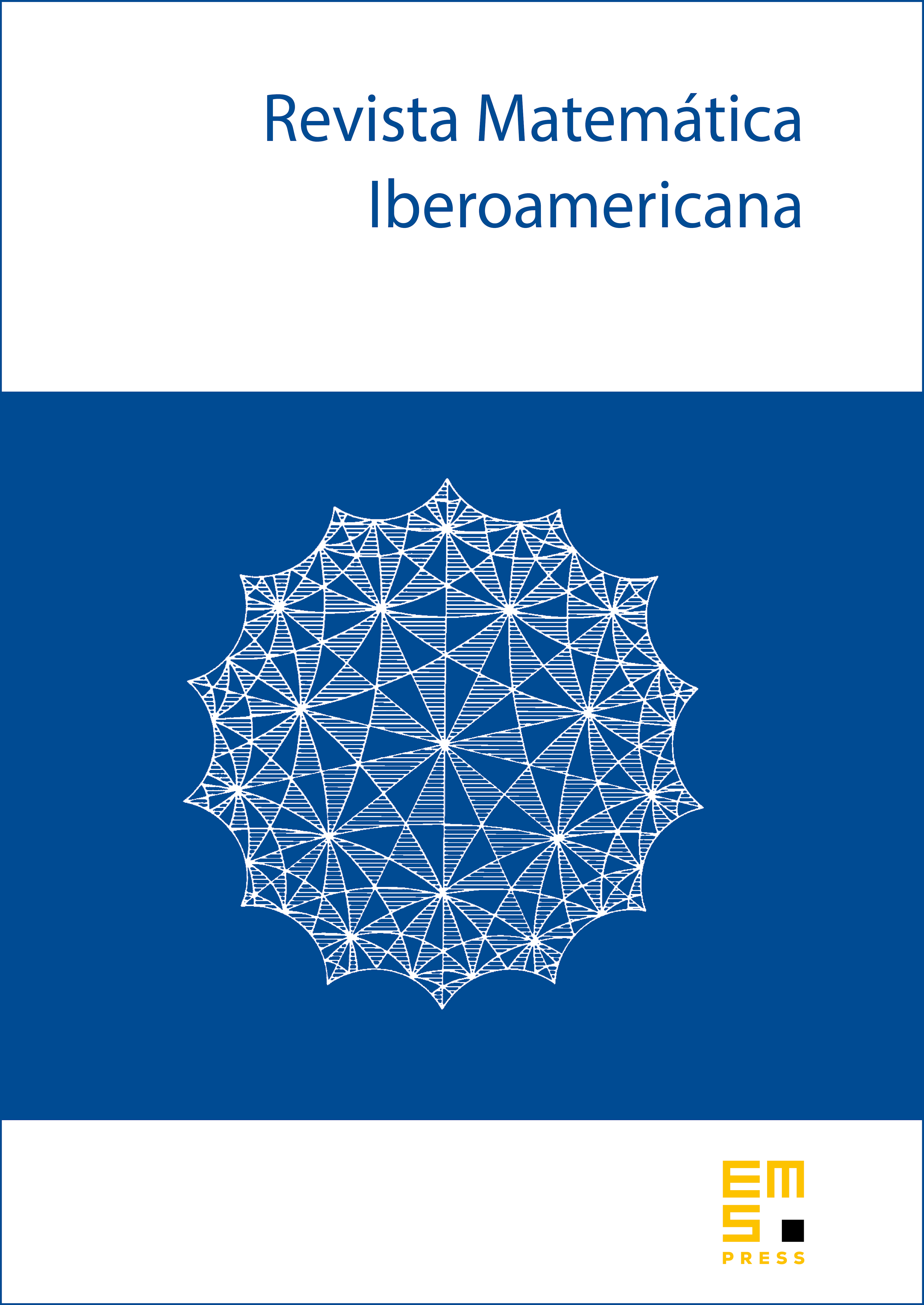The exact power law for Buffon’s needle landing near some random Cantor sets
Shiwen Zhang
University of Minnesota, Minneapolis, USA

Abstract
In this paper, we study the Favard length of some random Cantor sets of Hausdorff dimension 1. We start with a unit disk in the plane and replace the unit disk by disjoint subdisks (with equal distance to each other) of radius inside and tangent to the unit disk. By repeating this operation in a self-similar manner and adding a random rotation in each step, we can generate a random Cantor set . Let be the -th generation in the construction, which is comparable to the -neighborhood of . We are interested in the decay rate of the Favard length of these sets as , which is the likelihood (up to a constant) that "Buffon's needle'' dropped randomly will fall into the -neighborhood of . It is well known that the lower bound of the Favard length of is a constant multiple of . We show that the upper bound of the Favard length of is for some in the average sense. We also prove the a similar linear decay for the Favard length of , which is the -neighborhood of a self-similar random Cantor set with degree greater than . Notice that in the non-random case where the self-similar set has degree greater than , the best known result for the decay rate of the Favard length is .
Cite this article
Shiwen Zhang, The exact power law for Buffon’s needle landing near some random Cantor sets. Rev. Mat. Iberoam. 36 (2020), no. 2, pp. 537–548
DOI 10.4171/RMI/1138